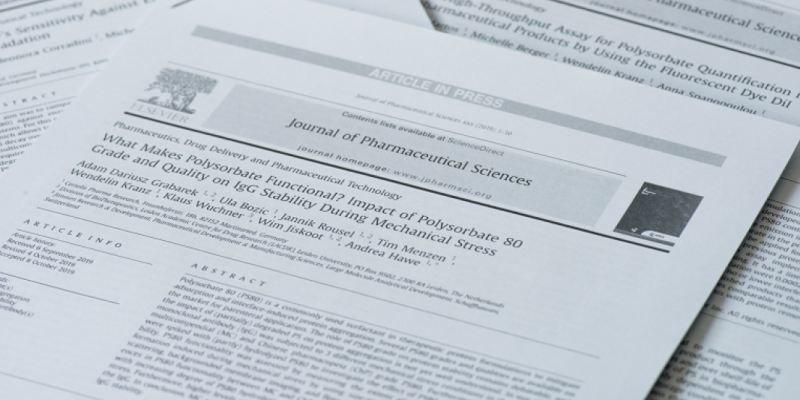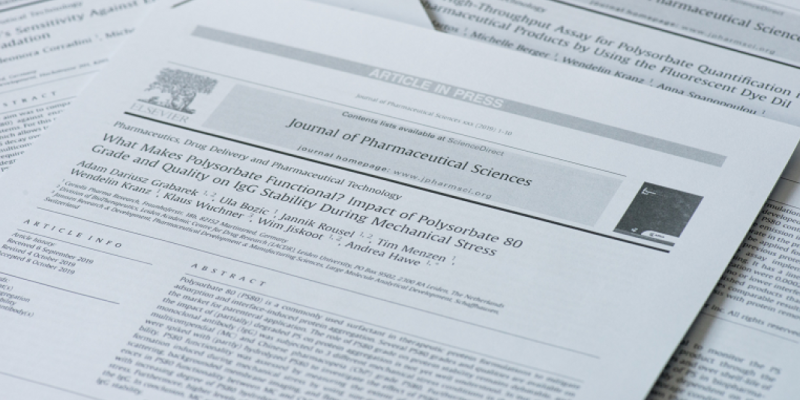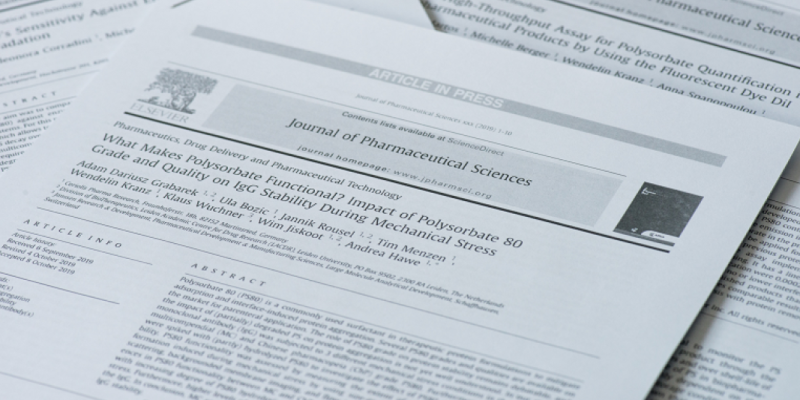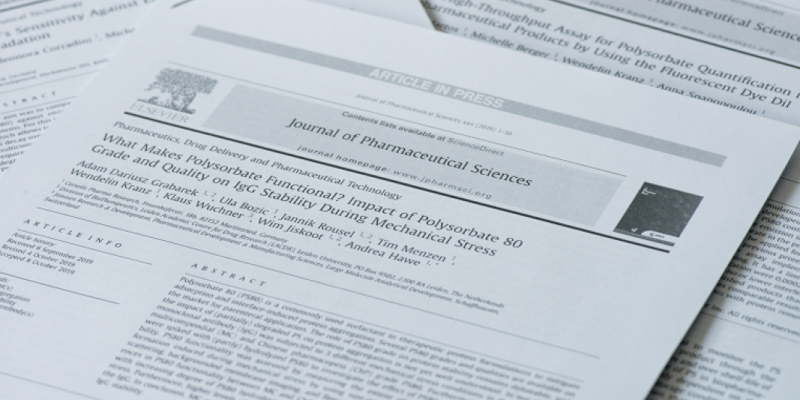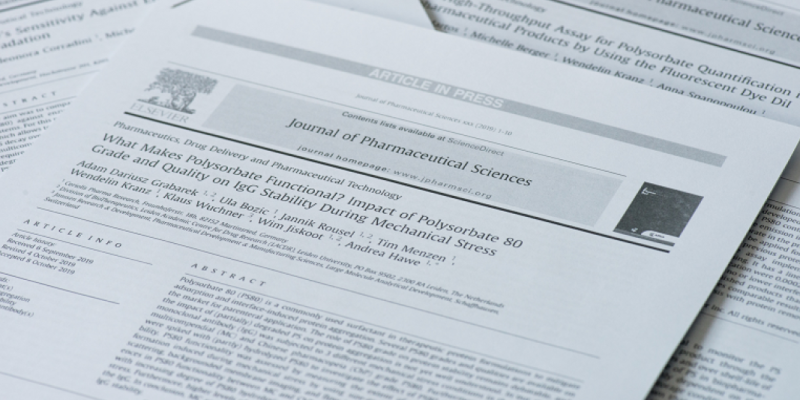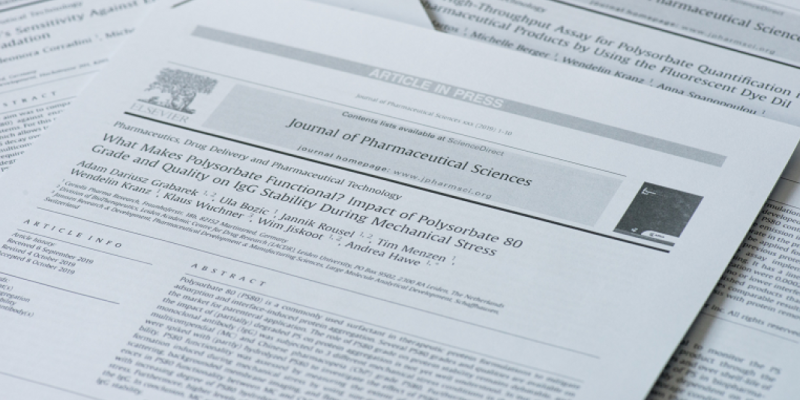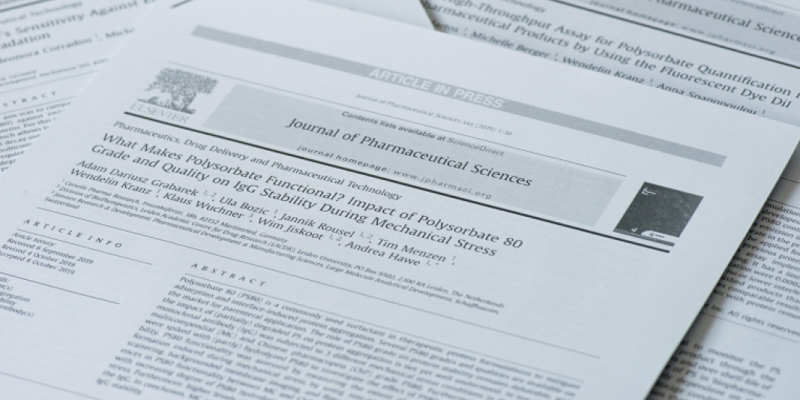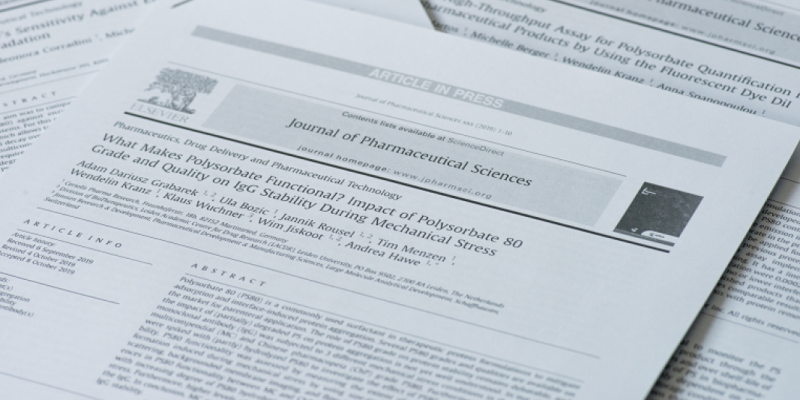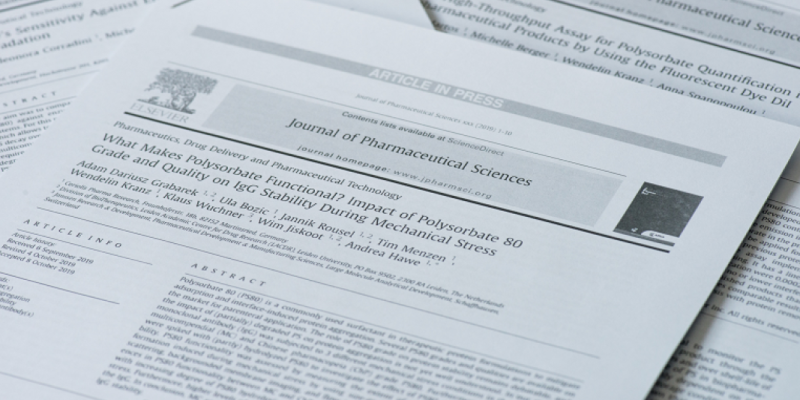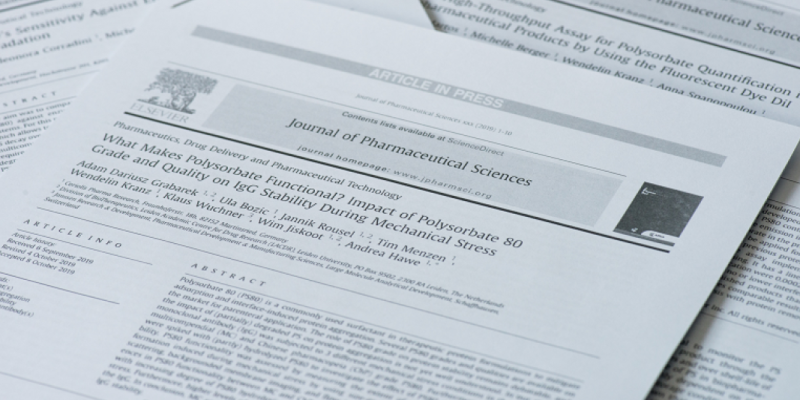Binding of the HSF-1 DNA-binding domain to multimeric C. elegans consensus HSEs is guided by cooperative interactions
Scientific Reports
The protein HSF-1 is the controlling transcription factor of the heat-shock response (HSR). Its binding to the heat-shock elements (HSEs) induces the strong upregulation of conserved heat-shock proteins, including Hsp70s, Hsp40s and small HSPs. Next to these commonly known HSPs, more than 4000 other HSEs are found in the promoter regions of C. elegans genes. In microarray experiments, few of the HSE-containing genes are specifically upregulated during the heat-shock response. Most of the 4000 HSE-containing genes instead are unaffected by elevated temperatures and coexpress with genes unrelated to the HSR. This is also the case for several genes related to the HSP chaperone system, like dnj-12, dnj-13, and hsp-1. Interestingly, several promoters of the dedicated HSR-genes, like F44E5.4p, hsp-16.48p or hsp-16.2p, contain extended HSEs in their promoter region, composed of four or five HSE-elements instead of the common trimeric HSEs. We here aim at understanding how HSF-1 interacts with the different promoter regions. To this end we purify the nematode HSF-1 DBD and investigate the interaction with DNA sequences containing these regions. EMSA assays suggest that the HSF-1 DBD interacts with most of these HSE-containing dsDNAs, but with different characteristics. We employ sedimentation analytical ultracentrifugation (SV-AUC) to determine stoichiometry, affinity, and cooperativity of HSF-1 DBD binding to these HSEs. Interestingly, most HSEs show cooperative binding of the HSF-1 DBD with up to five DBDs being bound. In most cases binding to the HSEs of inducible promoters is stronger, even though the consensus scores are not always higher. The observed high affinity of HSF-1 DBD to the non-inducible HSEs of dnj-12, suggests that constitutive expression may be supported from some promoter regions, a fact that is evident for this transcription factor, that is essential also under non-stress conditions.
Scientific Reports

